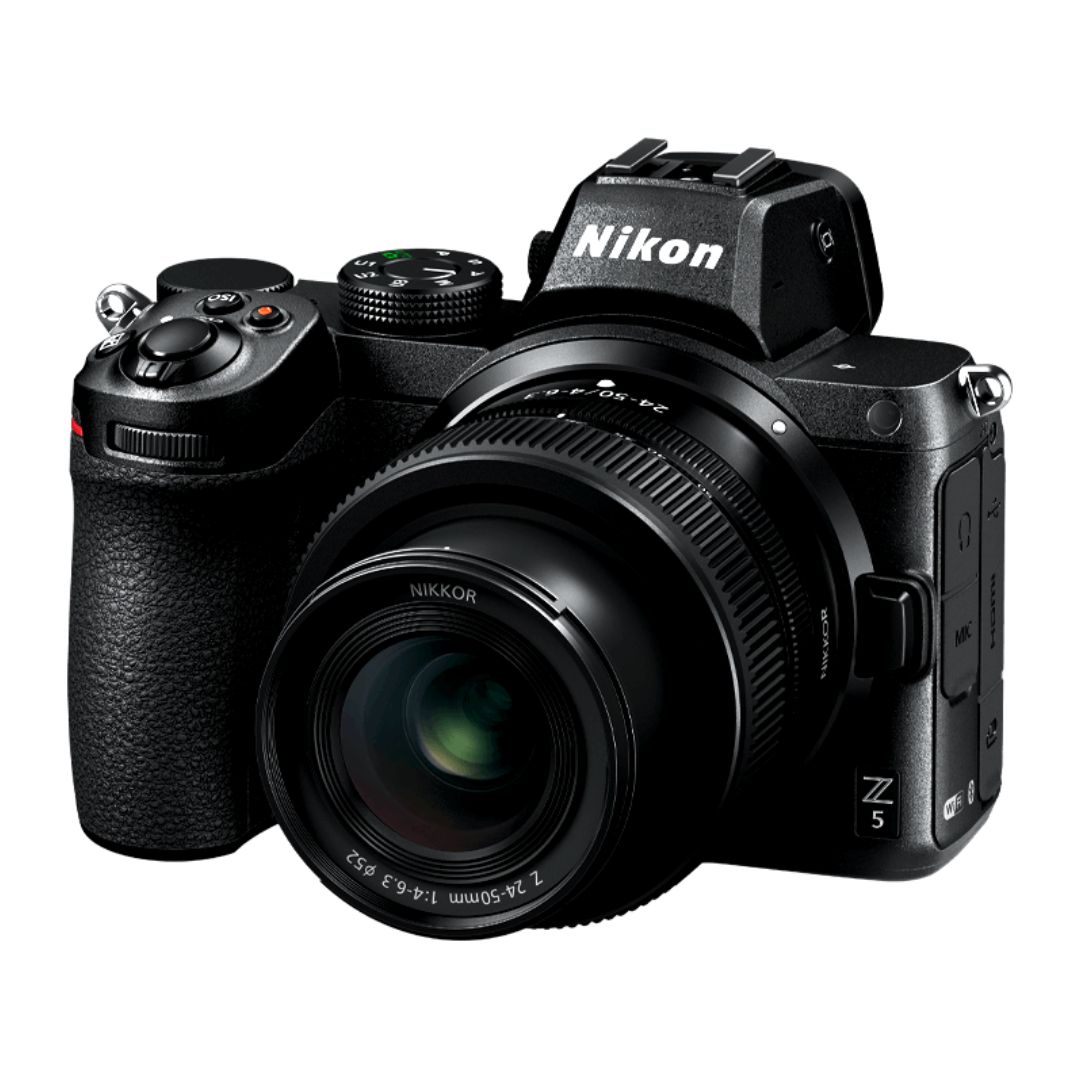Setting the right price for your photography services is one of the most crucial aspects of running a successful photography business. Pricing too high can drive potential clients away, while pricing too low can undervalue your work and limit profitability. The key is to strike a balance that reflects your skills, covers your expenses, and maximizes your profit. In this guide, we’ll break down the step-by-step process of pricing your photography services effectively, ensuring you make informed decisions that benefit both your business and clients.
1. Understand Your Costs
Before setting your prices, it’s essential to understand your costs to ensure you are not undercharging and losing money.
Types of Costs to Consider:
- Fixed Costs: Expenses that remain constant regardless of how many clients you have (e.g., equipment, software subscriptions, website hosting, business insurance, studio rent).
- Variable Costs: Expenses that vary depending on each project (e.g., travel expenses, printing costs, editing time, outsourcing services).
- Time Investment: The hours you spend on a shoot, editing, consultations, and client communication.
Tip: Keep track of your expenses using an accounting tool or spreadsheet to determine the minimum amount you need to charge to break even.
2. Research the Market and Competitors
Understanding how other photographers in your area and niche price their services can give you insights into industry standards.
Steps to Conduct Market Research:
- Look at photography websites and social media pages for price lists.
- Analyze pricing models (hourly rates, package-based, per-image pricing).
- Evaluate their experience, services, and unique selling points compared to yours.
Tip: Avoid pricing too low just to compete. Instead, focus on delivering exceptional value that justifies your pricing.
3. Determine Your Pricing Model
Choosing the right pricing model is essential for attracting clients and ensuring steady income.
Common Photography Services Pricing Models:
- Hourly Rate: Charge based on the number of hours worked (ideal for event photography).
- Package Pricing: Offer bundled services at a set price (common for weddings, portraits, and commercial shoots).
- Per-Image Pricing: Charge clients for each edited image (useful for commercial and product photography).
- Subscription/Membership Pricing: Offer clients ongoing services for a monthly or annual fee.
Tip: Consider mixing pricing models to suit different client needs.
4. Calculate Your Ideal Rate
To ensure you are profitable, determine how much you should charge based on your costs and profit goals.
Formula for Calculating Pricing:
(Total Business Expenses + Desired Annual Income) ÷ Number of Bookable Sessions Per Year = Price Per Session
For example:
- Total Annual Expenses: $20,000
- Desired Income: $50,000
- Bookable Sessions Per Year: 100
- Price Per Session: ($20,000 + $50,000) ÷ 100 = $700 per session
Tip: Review and adjust your rates annually based on inflation, experience, and demand.
5. Offer Different Pricing Packages
Having tiered pricing options allows you to cater to a wider range of clients.
Example of Tiered Pricing Packages:
- Basic Package: Short session with limited edits (ideal for budget-conscious clients).
- Standard Package: Moderate session with more edits and prints.
- Premium Package: Full experience with unlimited edits, prints, and additional services.
Tip: Clearly outline what each package includes to prevent misunderstandings and upsell premium services.
6. Charge for Extras and Add-Ons
Offer optional add-ons to increase revenue per session.
Common Add-Ons:
- Additional images or albums
- Rush delivery of edited photos
- Extended shoot time
- Special retouching requests
Tip: Clearly communicate add-on pricing upfront to avoid surprises.
7. Adjust Pricing for Different Client Types
Different clients have different budgets and expectations.
Adjusting Prices Based on Clients:
- Individuals/Families: Offer affordable packages with prints and digital downloads.
- Corporate Clients: Charge premium rates for commercial and branding photography.
- Nonprofits: Offer special pricing while maintaining profitability.
Tip: Value your work regardless of the client type and avoid drastic discounts.
8. Communicate Your Pricing Effectively
Clearly presenting your prices can help build trust with potential clients.
Best Ways to Showcase Pricing:
- Display packages on your website with clear descriptions.
- Have a pricing guide PDF to send to inquiries.
- Use email and consultations to explain the value behind your rates.
Tip: Transparency in pricing reduces client hesitation and prevents price negotiation.
9. Offer Seasonal Discounts and Promotions
Strategic discounts can attract new clients and fill your schedule during slow seasons.
Ideas for Promotions:
- Early booking discounts
- Referral rewards for past clients
- Holiday or seasonal sales
- Mini-session specials
Tip: Limit discounts to certain periods to avoid devaluing your services.
10. Regularly Review and Update Your Pricing
Photography business costs and market trends change over time, so it’s essential to adjust your prices accordingly.
When to Update Your Pricing:
- Annually or bi-annually to reflect inflation and experience level.
- When upgrading gear or software.
- If demand for your services increases significantly.
Tip: Notify clients in advance about price changes to maintain trust and transparency.
Conclusion
Pricing your photography services strategically ensures you remain profitable while attracting the right clients. By understanding your costs, researching the market, offering tiered pricing, and regularly reviewing your rates, you can build a sustainable photography business.
Take the time to develop a pricing strategy that aligns with your skills and goals, and don’t be afraid to charge what your work is worth. Are you ready to optimize your pricing and maximize profits? Let us know your thoughts in the comments!

Sony Alpha a7 IV: The Ultimate Camera for Photography

Nikon Z5 Review: Is It Worth It?
-

Nikon Z9 : Game-Changer for Photography
-

Top Features of Nikon D850 That Make It Ideal for Portfolio Shoots
Sony Alpha a7 IV: The Ultimate Camera for Photography
Explore the Sony Alpha a7 IV in this complete 2025 review. Learn how its pro-level features, real-world performance, and hybrid flexibility make it the ultimate camera for photography across genres like portraits, weddings, travel, and commercial work. Table of Contents Section 1: Introduction – Why the Sony Alpha a7 IV Stands Out The Sony Alpha…
Nikon Z5 Review: Is It Worth It?
In 2025, photographers—whether hobbyists, content creators, or professionals—seek equipment that blends value, performance, and future-readiness. Enter the Nikon Z5, a full-frame mirrorless camera marketed as a gateway to high-end imaging without a flagship price tag. But how well does it hold up under real-world demands like studio shoots, weddings, landscape adventures, and lifestyle photography? In…
Nikon Z9 : Game-Changer for Photography
Discover why the Nikon Z9 is considered a true game-changer for photography. This in-depth Nikon Z9 review explores key features, real-world performance, and how it excels in professional photo shoots in 2025. Table of Contents 1. Introduction The photography world witnessed a significant shift with the launch of the Nikon Z9, a flagship mirrorless camera…
Top Features of Nikon D850 That Make It Ideal for Portfolio Shoots
Discover why the Nikon D850 is the ultimate DSLR for portfolio shoots. Explore its top features—from resolution and dynamic range to autofocus precision and workflow speed—that help photographers create stunning, high-impact images for professional portfolios. Whether you’re a portrait artist, fashion photographer, or visual storyteller, a portfolio shoot demands technical excellence, creative flexibility, and uncompromised…
Candid Moments with Canon EOS R10: Lightweight & Reliable
In the evolving world of mirrorless photography, the Canon EOS R10 stands out as a lightweight yet powerful camera tailored for real-life storytelling. Whether you’re photographing street scenes, family gatherings, weddings, or spontaneous portraits, capturing genuine emotion requires a responsive and discreet tool. This article dives deep into how the Canon EOS R10 excels in…
Bold Portraits with Canon EOS R5: Is It the Best for Work?
Studio photography has always demanded precision, artistry, and impeccable gear. As the expectations for commercial portraits, fashion campaigns, and editorial work continue to rise, the tools we use must evolve. Enter the Canon EOS R5, a camera that has stirred the professional waters with its impressive technical specs and forward-thinking design. In this comprehensive Canon…


